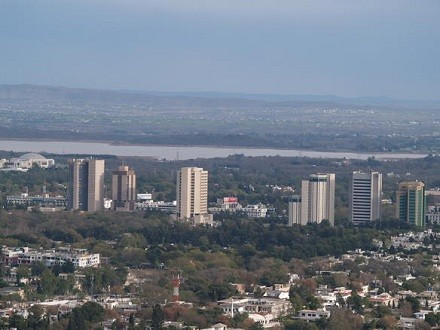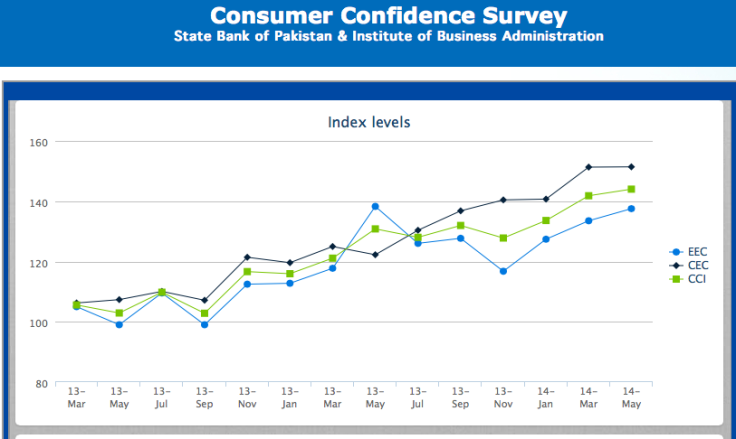Moody's Changes Pakistan's Rating Outlook to Stable: Will Days Ahead be Better?

Moody's revised Pakistan's foreign currency government bond rating outlook to stable from negative, citing stabilisation in the country's external liquidity position, but the rating was affirmed at Caa1 citing large fiscal imbalances and weak debt metrics.
The rating statement on 14 July saw Pakistan's main stock index rallying more than 1.3% even as the rupee trading slightly weaker.
Moody's had downgraded Pakistan by one notch in July 2012 citing deterioration in the external liquidity position, due to a widening current-account deficit, large outflows from the financial account and a decline in international reserves to very low levels.
Pakistan, which recorded a debt-to-GDP ratio of over 25% in 2013, had defaulted on its sovereign payments at least once since 1983.
Moody's said this situation has reversed over the past year.
"The current-account deficit is modest, estimated at 1.0% of GDP for the fiscal year ended June 2014, while financial inflows have increased due to a $2 billion Eurobond sale earlier this year, privatization proceeds, and multilateral and bilateral funding," the statement on 14 July showed.
"Importantly, repayments to the IMF from the previously suspended program are tapering off, even as disbursements from the ongoing program continue," Moody's said.
The rating agency noted that foreign reserves have risen, from a low of $2.9 bn in early February 2014 to $9.0 bn by the end of June 2014.
Why No Upgrade Yet
Mody's has affirmed Pakistan's rating at Caa1 citing the country's structurally large fiscal imbalances and weak debt metrics relative to B-rated peers.
The general government financial balance stood at a deficit of 8.1% of GDP in 2013 and the current account balance at a deficit of 1% despite the very strong rally in stocks.
"The sovereign's 'Very Low' institutional strength assessment reflects implementation risks associated with economic reforms," Moody's said.
"It also factors in high susceptibility to event risk, both on the political front and in terms of economic vulnerabilities that could arise, primarily from Pakistan's inherent reliance on bilateral and multilateral support."
What Might Help Going Forward
Moody's said that the successful completion of the IMF program and a shift to a higher growth trajectory will prompt a rating upgrade of Pakistan.
"Further improvements in the external liquidity position, continued fiscal consolidation, and progress on structural reforms which would remove infrastructure impediments and supply-side bottlenecks -- eventually aiding a shift to a higher growth trajectory," the agency said.
"Domestic political stability and steady relations with international donors would further support the rating,"
Markets
The Karachi 100 index, Pakistan's most tracked stock index, jumped 1.32% to 29,705 on Monday, taking it back near the all-time high of 29,938 touched on 3 June.
USD/PKR closed Monday at 98.77, up 0.09% from Friday.
Pakistan rupee has been trading around 98.00/dollar since April this year. It had fallen more than 10% in 2013 to touch its weakest ever level of 108.5 by December but then reversed the trend and rallied more than 12% to near 96.5 by March this year.
The upbeat market sentiment is also reflected in the consumer confidence surveys by the State Bank of Pakistan, Pakistan's central bank.
The consumer confidence index, economic expectations index and the current economic index - all are on an upward trend at least since March, as the data available on the central bank website.

© Copyright IBTimes 2025. All rights reserved.






















